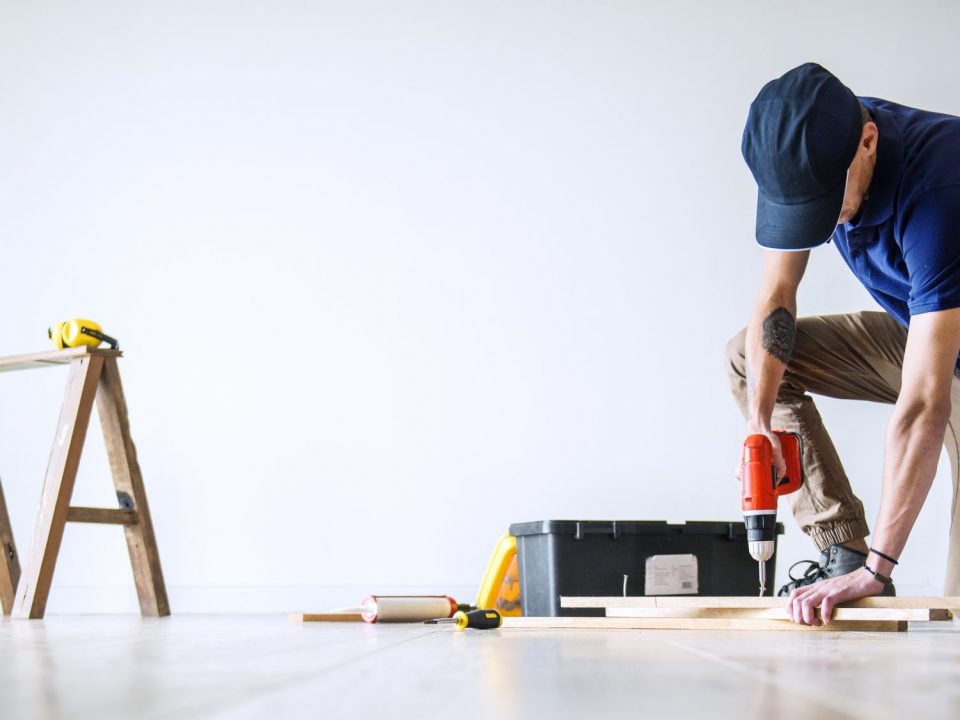Bridge Loan

5 Ways to Build Home Equity
December 6, 2021
Down Payment
December 6, 2021Home equity refers to how much you owe on your mortgage compared to how much your home is worth. Home equity starts with your home’s current value. Now subtract the amounts owed on any mortgages or other liens against it. These liens might be purchase loans that you used to buy the house, or second mortgages that were taken out later. The difference is your home equity. As a homeowner you can take the following steps to build equity in your home.
Make a Down Payment
If you haven't bought a home yet, you can gain a lot of equity by taking one crucial first step: make a big down payment. The minimum down payment you'll need depends on which type of mortgage you get. You could need between 0% and 20%. You may want to place more than minimum, though. The larger your down payment, the more equity you have in your home.
A large down payment comes with other benefits, too. Lenders typically reward bigger down payments with better interest rates. If you place more than 20% down on a conventional mortgage, you do not have to pay for private mortgage insurance. PMI protects the lender from potential loss and depending on your credit score and the details of your loan, could cost you anywhere between .20 to 1.5% of the original loan amount per year.
Increase your Mortgage Payments
Most homeowners make mortgage payments on a monthly basis, or 12 payments a year, until the loan is paid off. Part of each payment goes towards your principal and interest. By making more payments, you can put more money towards your principal each month and build home equity.
You will make 26 payments per year if you split your monthly payment into two equal amounts instead and send your payment every two weeks: 365 days per year divided by 14 days equals 26. This is the same as making 13 monthly payments. Using this approach will shave off a good bit of interest over the life of the loan. It will allow you to pay off the mortgage in a much shorter time frame and build equity faster.
Renovation
Renovating certain areas of your house is an excellent way for you to add increased functionality and beauty to your property. A well-chosen home improvement can build equity in your home as well as make your home more comfortable to live in. The return on investment (ROI) of any given renovation project is a function of local market characteristics, the condition of the residential real estate market when the property is sold, and the quality of the work performed.
On average, certain projects, such as the addition of a wood deck, kitchen and bathroom upgrades, and window replacement, have shown the greatest ROI regardless of the property's location or the state of the residential property market.

Refinance
Homeowners can do a mortgage refinance to get a lower interest rate and have more of their mortgage payments go towards their principal each month. By refinancing from a 30-year mortgage to a 15-year mortgage, you can pay off your mortgage much faster and build up home equity in a shorter amount of time. While you may be building equity more quickly, payments are typically higher on a shorter loan term.
Energy-efficient Home Features
Nowadays, homebuyers tend to place a greater emphasis on eco-friendly features, due to both a greater focus on environmental issues and recognition that energy efficiency saves money on their utility bills. Consider double-paned windows, enhanced attic insulation, LED lighting and efficient appliances as a way to increase home value. If you have enough money, you can also install solar panels on your roof.
Conclusion
Your home equity represents the current value of your home minus what you owe on your mortgage. By making bigger down payment at the start and using accelerated payments you can increase your home equity efficiently. Renovation also plays an important role when it comes to increasing the equity of your home.
About the Author
Abdul Moqeet
Assistant Manager, Real EstateTreadstone Associates
1 (844) 900 1070



